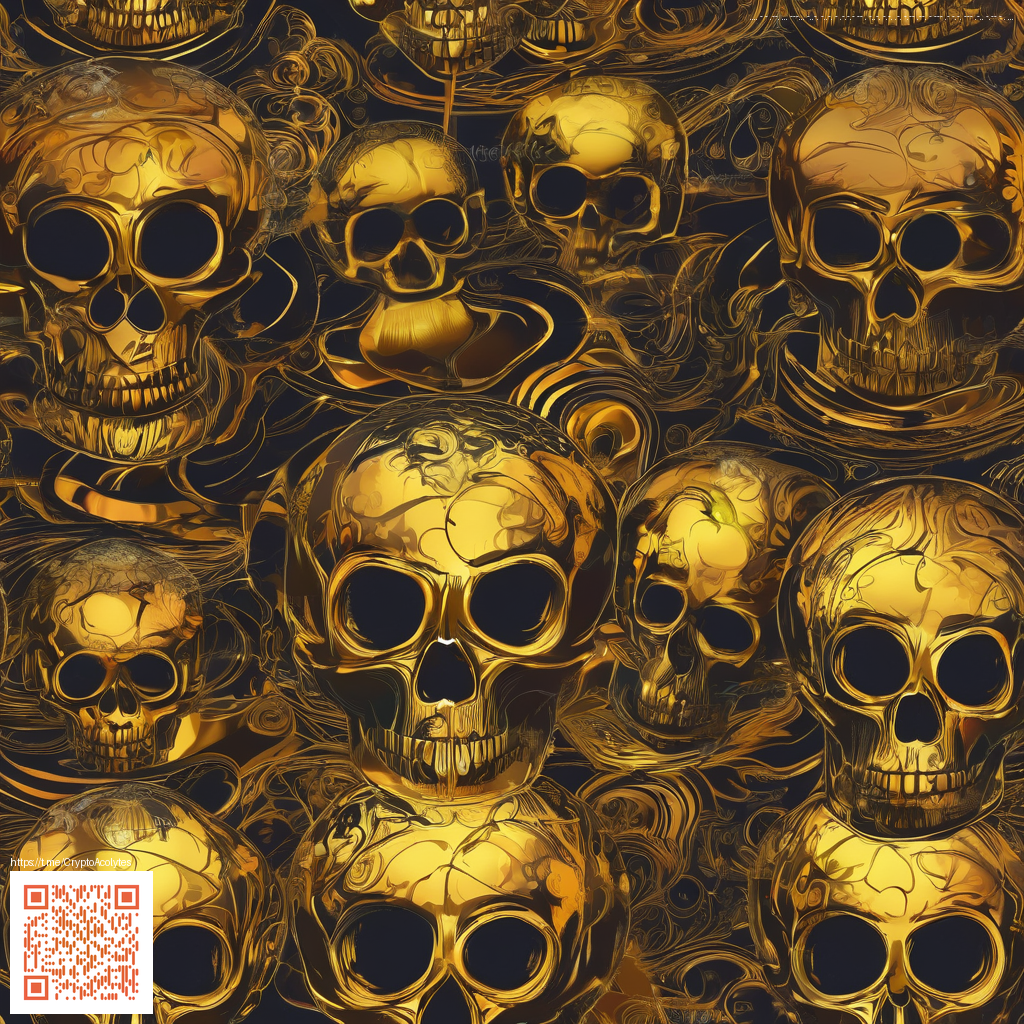
Crafting Color Palettes for Digital Design Packs
Color palettes are the backbone of cohesive digital design packs. They set mood, ensure readability, and create brand recognition across icons, textures, and UI elements. In this guide, we’ll explore practical steps to craft palettes that scale from tiny icons to full layouts, while remaining adaptable across devices and contexts.
Start with a clear mood and audience
Before you touch the color wheel, define the mood you want the pack to convey. Is it energetic and playful, serene and professional, or bold and futuristic? Consider the audience and the platforms where the pack will live. A tech-forward interface might lean toward cool blues and crisp neutrals, while a lifestyle brand could experiment with warmer accents and richer neutrals. Documenting this intent early helps keep color decisions aligned with the project goals.
Choose a palette strategy
There isn’t a one-size-fits-all approach. Pick a strategy that matches your goals, then apply it consistently across all elements in the pack. Common strategies include:
- Monochrome: variations of a single hue for a refined, cohesive look.
- Analogous: neighboring hues on the color wheel for harmony and ease.
- Complementary: opposing hues for high contrast and clear calls to action.
- Split-complementary and Triadic: balanced contrast with more color variety.
- Tetradic or custom brand palettes: richer, layered palettes for complex designs.
Remember: accessibility matters. High-contrast pairings and clear typography ensure your designs work for everyone.
Build base, accents, and neutrals
A practical approach is to define a core base color, two to three accent colors for emphasis, and a broad neutral scale for backgrounds and text. This structure keeps the design readable while allowing visual interest through selective highlights. When you generate variants, create tints and shades of each color rather than introducing new hues; this preserves harmony and makes lighting and dark-mode transitions smoother.
Test across devices and contexts
Digital design packs travel across screens of many sizes. Color behavior can shift under different brightness settings or on OLED vs LCD displays. Conduct quick contrast checks (especially for body text over colored backgrounds) and verify that the palette maintains legibility in both light and dark contexts. If a color feels too aggressive on smaller screens, dial it back with a lighter tint to preserve legibility without losing the intended impact.
Color psychology provides guidance, but real user feedback confirms what resonates in practice.
Document for consistency
Once you settle on a palette, codify it into a simple system: hex values, usage rules, and example applications. This documentation becomes a reusable reference for designers and developers, ensuring that future packs stay on-brand and cohesive. A well-documented palette accelerates production and reduces guesswork when assembling new assets, icons, or UI components.
Practical workflow for palette creation
Here’s a concise workflow you can adopt:
- Define the target mood and accessible usage scenarios.
- Choose a base color and select two to three accents that complement it.
- Generate neutral tones for backgrounds and typography.
- Experiment with tints/shades to support light/dark modes.
- Test contrast and readability across devices, then document values and rules.
For further reading and practical frameworks that complement this process, explore the resource at https://defidegen.zero-static.xyz/dd2fc7ed.html. It offers thoughtful perspectives on building scalable color systems for digital design packs.
If you’re visualizing these palettes within real-world product visuals, consider pairing your colors with tangible design assets such as a Phone Grip Kickstand Reusable Adhesive Holder. It’s a handy example of how color, texture, and form come together in product presentation. Learn more about that product here: Phone Grip Kickstand Reusable Adhesive Holder.